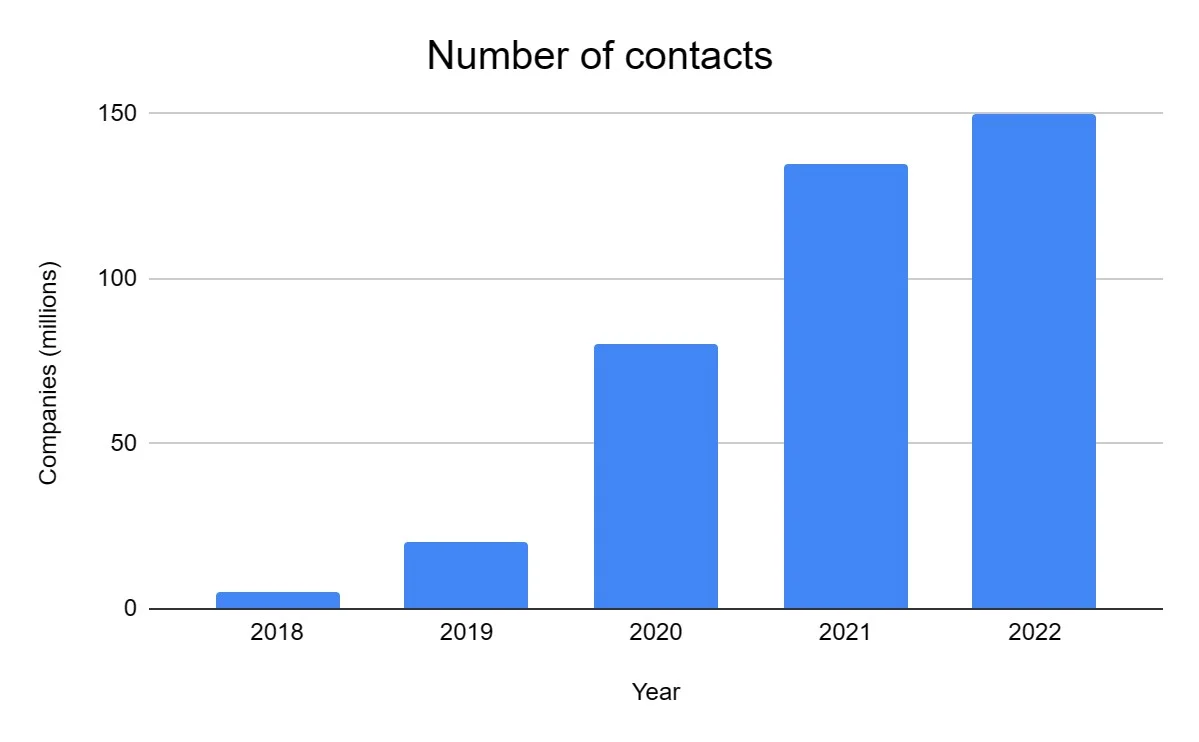Docker Swarm: A Complete Guide for Beginners with Demo
In that file, add the secret you want it to house and then save and close the file. Running the Docker Engine in swarm mode has proven success with production workloads. https://www.globalcloudteam.com/ has basic server log and event tools from Docker, but these do not offer anything remotely close to K8s monitoring. You will likely need a third-party extension or app (InfluxDB, Grafana, cAdvisor, etc.) to meet your monitoring needs.

If you’re unable to meet customer demands due to slow development time, then Kubernetes might help. The Docker Containers overcome a lot of problems faced by the virtual machines. Hence, the Docker Container wins the game of Docker Container vs. Virtual Machines any day!
Swarm and CLI references
Swarm monitoring is typically more complex than tracking a K8s environment due to the volume of cross-node objects and services. A K8s deployment requires you to provide declarative updates to app states while updating Kubernetes Pods and ReplicaSets. You describe a Pod’s desired state, and the controller changes the current state to a desired one. While not easy to master, Kubernetes enables you to define all aspects of an app’s lifecycle. Swarm node has a backup folder which we can use to restore the data onto a new Swarm.

Docker is a software platform that enables software developers to easily integrate the use of containers into the software development process. The Docker platform is open source and available for Windows and Mac, making it accessible for developers working on a variety of platforms. The application provides a control interface between the host operating system and containerized applications.
Docker Swarm load balancing
Service constraints let you set criteria for a node to meet before the scheduler
deploys a service to the node. You can apply constraints to the
service based upon node attributes and metadata or engine metadata. For more
information on constraints, refer to the docker service create
CLI reference. After you create an overlay network in swarm mode, all manager nodes have access
to the network.
Swarm mode uses the concept of «services» to describe container deployments. Each service configuration references a Docker image and a replica count to create from that image. Despite the similar name, the two orchestrators mean very different things by
the term ‘service’.
What is a Docker Swarm?
Tasks are monitored for 20 seconds after rollback to be sure they do
not exit, and a maximum failure ratio of 20% is tolerated. Default values are
used for —rollback-delay and —rollback-failure-action. This reverts the service
to the configuration that was in place before the most recent
docker service update command. See the command-line references for
docker service create and
docker service update, or run
one of those commands with the —help flag. You can change almost everything about an existing service using the
docker service update command. When you update a service, Docker stops its
containers and restarts them with the new configuration.

The command will emit a docker swarm join command which you should run on your secondary nodes. They’ll then join the swarm and become eligible to host containers. In addition to deploying to Swarm, we have also described our application as a stack file. The Worker nodes are nothing but the instances of Docker Engine which are created to run Docker Containers.
Step 1: Update Software Repositories
A K8s cluster is composed of compute hosts called worker nodes managed by a Kubernetes master that controls cluster resources. A cluster can span hosts across various IT systems (on-prem, virtual machines (VMs), public cloud, hybrid architecture, etc.). An IT administrator controls Swarm through a swarm manager, which orchestrates and schedules containers. The swarm manager allows a user to create a primary manager instance and multiple replica instances in case the primary instance fails.
- This attribute accepts the long-form CSV version of attestation parameters.
- This reduces the burden of distributing credential specs to the nodes they’re used on.
- You can configure a service to roll back automatically if a service update fails
to deploy. - To disconnect a running service from a network, use the —network-rm flag.
- You can now add other components to your app and taking advantage of all the features and power of Swarm, right on your own machine.
- You can control the behavior using the —update-failure-action
flag for docker service create or docker service update. - Hence, the Docker Container wins the game of Docker Container vs. Virtual Machines any day!
When updating an existing service, the flag
is —publish-add. There is also a —publish-rm flag to remove a port that
was previously published. Joining a service to a network lets its containers communicate with any other services on the network. Once you’ve added your nodes, run docker info docker swarm on the manager to inspect the cluster’s status. The Swarm section of the command’s output should be listed as «active.» Check the «Nodes» count matches the number of nodes you’ve added. Here’s how you can use Swarm mode to set up simple distributed workloads across a fleet of machines.
How Generative AI is a Game Changer for Cloud Security
Clusters benefit from integrated service discovery functions, support for rolling updates, and network traffic routing via external load balancers. This is the same as the
—file flagopen_in_new for the docker build command. You should prefer to use regular multi-stage builds over this option. You can
Use this feature when you have multiple Dockerfiles that can’t be easily
merged into one.

A container can be described as the runtime instance of an image. Containers and their utilization and management in the software development process are the main focus of the docker application. Containers allow developers to package applications with all of the necessary code and dependencies that are necessary for them to function in any computing environment. As a result, containerized applications run reliably when moved from one computing environment to another. In the docker application, a container is launched by running an image.
Service and Tasks
In almost every instance where you can
define a configuration at service creation, you can also update an existing
service’s configuration in a similar way. You can remove a
service by its ID or name, as shown in the output of the docker service ls
command. Assuming that the my_web service from the previous section still exists, use
the following command to update it to publish port 80.

